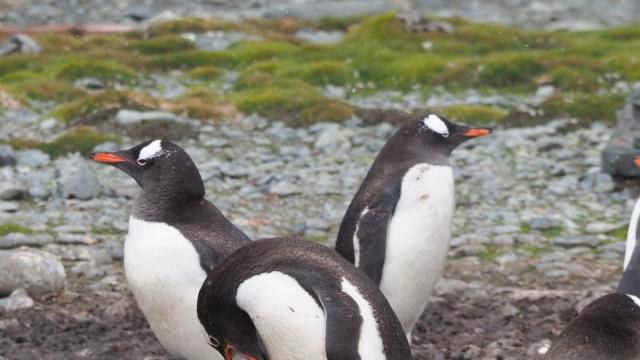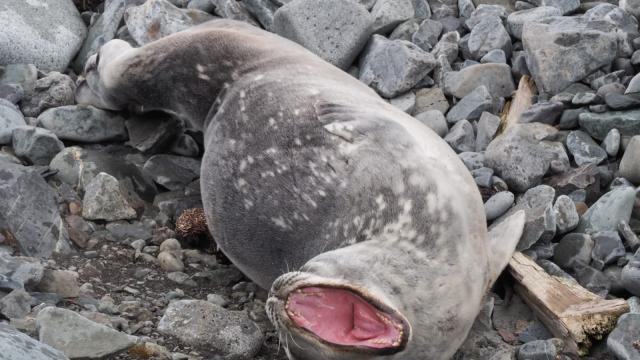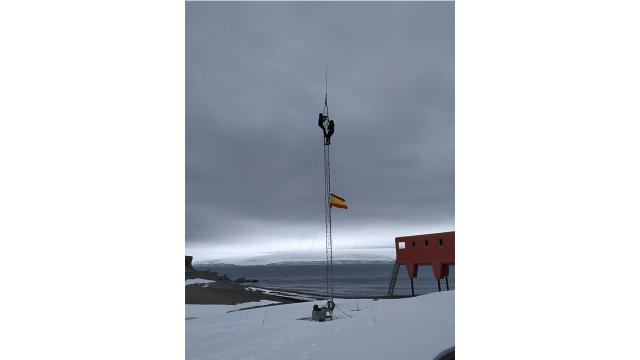Diary from Antarctica (1)
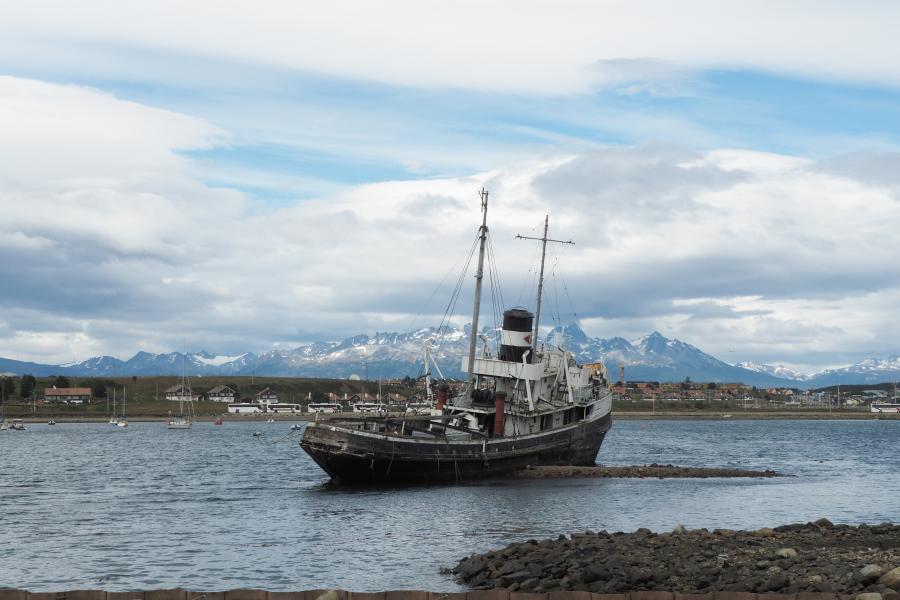
Our journey to the Spanish Antarctic base on Livingston Island, Juan Carlos I, begins on 25 December. To get from Barcelona to the base takes approximately one week. The first day, we left Barcelona and travelled to Madrid by plane, and from there another plane took us to Buenos Aires. In Buenos Aires we had to change airports to Jorge Newbery's airport where a plane would take us to Ushuaia, in the south of Argentine Patagonia, also known as the end of the world.
We arrived in Ushuaia on 26 December at 9 am. From there, the Spanish oceanographic ship Sarmiento de Gamboa departed on 29 December towards the Juan Carlos I base. We arrived in Ushuaia three days early as the departure day for the ship of 29 December was approximate and depended on the weather conditions of the Drake Passage, a sea located between South America and Antarctica with very high waves and strong winds. On 27 December, they confirmed that Sarmiento de Gamboa would leave on the 30th at night, arriving at the Juan Carlos I base on the 2nd if travel through the Drake Passage proved not to be complicated.
During the days we spent in Ushuaia, we coincided with other scientists at the base who would stay there carrying out other projects. Many would not be staying until March, like us. Finally, the 30th arrived and we left with the ship to the base. Luckily, the Drake Passage was calm, although we did get seasick as the voyage was bumpy at times.
Finally, we arrived at the base on the morning of the 2nd as planned. The final stage of the journey from the ship to the base was done using Zodiac. To avoid risks in the event anyone fell into the water, as the water was nearly freezing at 2 degrees, we had to wear a thermal suit, something they call a "teletubbie" because of its unique shape.
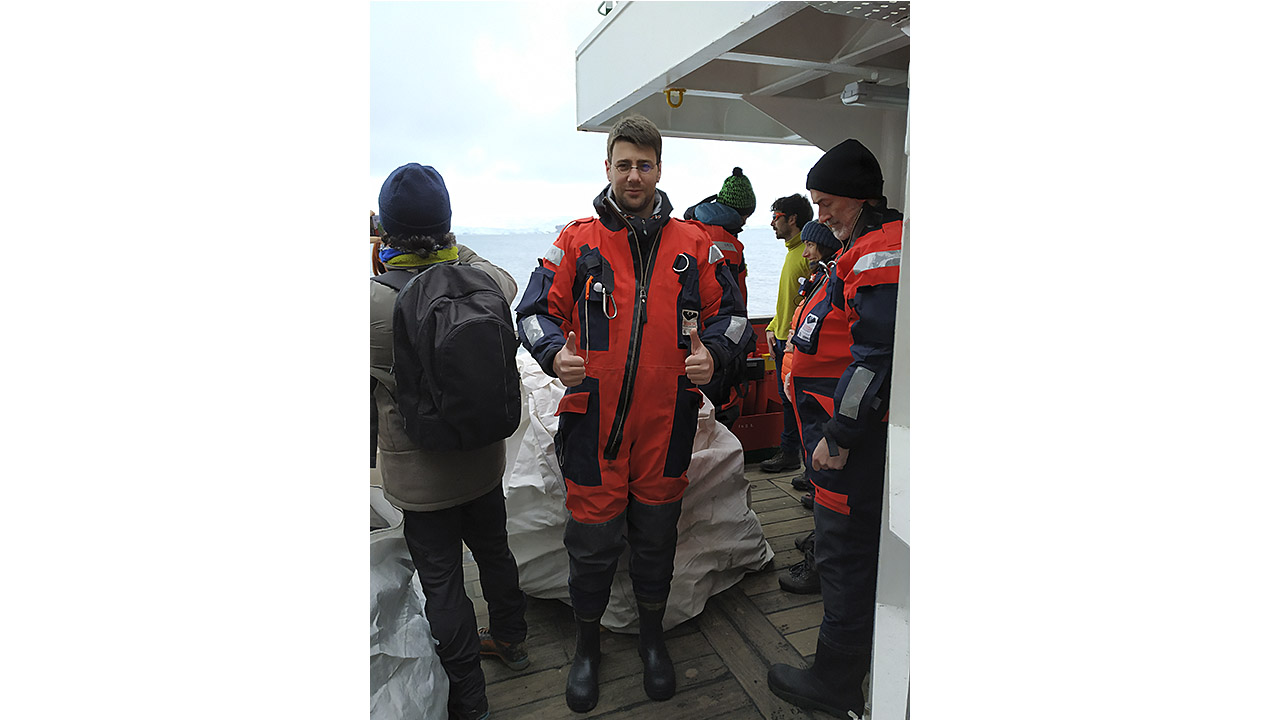
Once we arrived at the base, they showed us all the facilities and explained the timetables we would follow and the safety rules we needed to follow. As for the timetables we follow at the base, we have breakfast every day at 8 in the morning and at 8:30 we start work until lunch time, at 1.30 pm. At 2.30, when we have finished eating, we get back to work until our evening meal at 8 pm. After dinner, we all have leisure time to do as we please. Even so, there are some safety rules to follow, for example, you can't walk away from the base on your own beyond where you can see. You especially can't go on your own, and you always need to give a warning about where you're going. The base is surrounded by the sea and a mountain that's right in front of it, so if you're on your own you can't go very far. If you’d like to go further out, at least two people need to go together and they need to give a warning. Whatever you're doing, you always need to carry a walkie talkie on base to be able to communicate with the other scientists and technicians at the base. At the base, we work Monday through Friday all day, and Saturday mornings. On Saturday afternoons, there are training sessions teaching first aid, mountaineering, etc. On Sundays, an excursion around the island is usually organised.
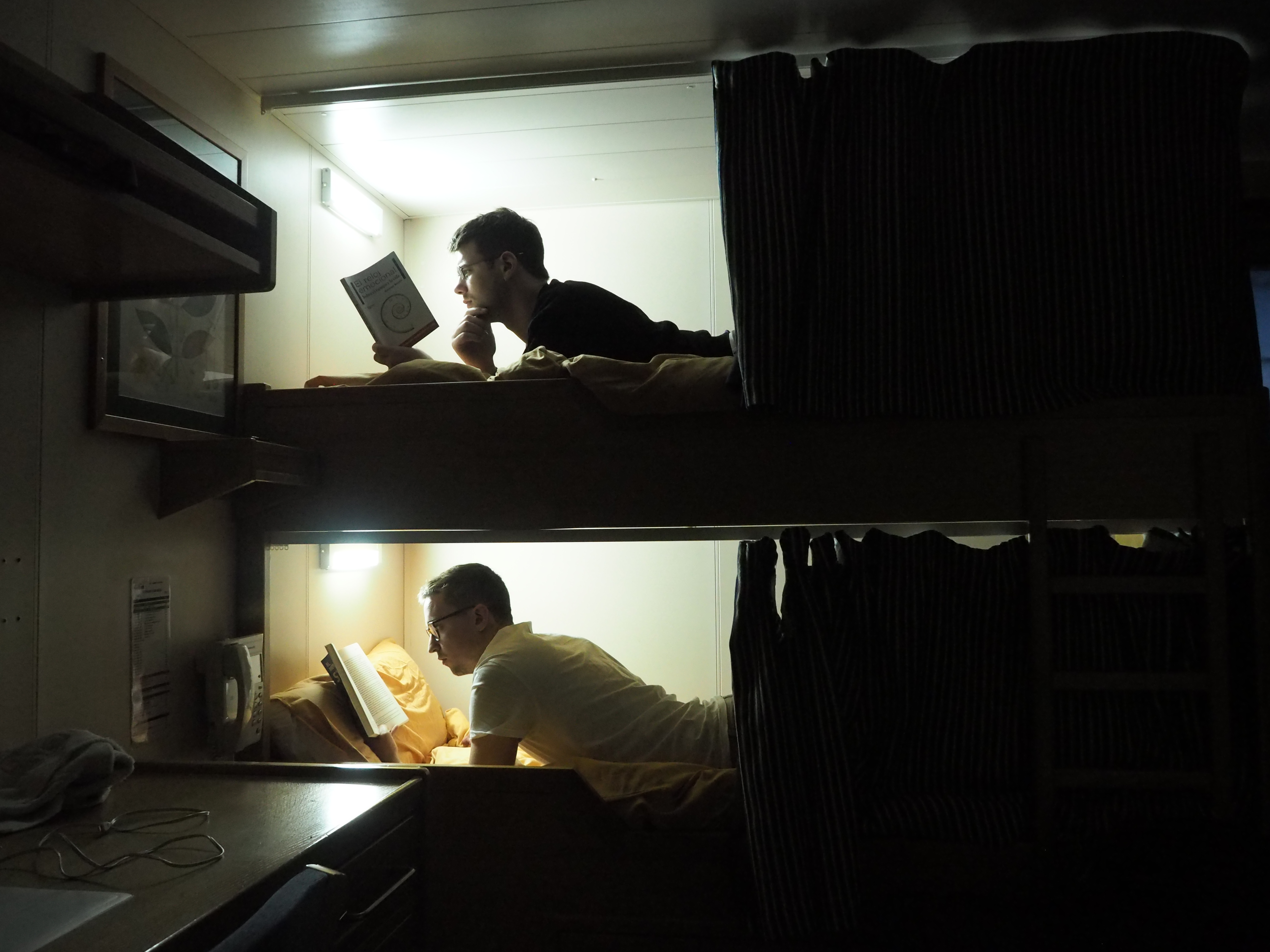
On the afternoon of the 2nd, we had already started work. Our first task was to sort all the material we had sent over in November. We also took a look at the different possible locations where we could install our system. When we saw a mast mounted on the base we decided to install our system there to avoid having to mount another mast of our own. However, as we are close to the transmission equipment of the Ebro Observatory (another mast 80 metres away) we have doubts as to whether its system transmitting at 200 W might harm our system's reception. When they've installed their equipment, we’ll analyse the signal we receive and see if it might damage our equipment.
On day 3, once all the material has been placed in the base laboratories, we began to assemble the base transceiver. The first problems we came across was that the GPS and a part of the software were not working properly. After spending all day focussing on these two issues, we finally managed to get the hardware up and running. The next day we began to prepare the configuration for the transceiver that would transmit all the data from the sounding from our base out towards Argentina Cove. Argentina Cove is a small beach located behind the mountain adjacent to the base where we intend to install the second transceiver to be used as a sounding receiver.
On the morning of the 5th, we began preparing all the material to set up the transceiver in Argentina Cove, and wrote up the report for the base. That same Saturday afternoon, there was an excursion to Argentina Cove together with the mountain guides and some scientists from the base. We took advantage of the excursion to analyse where would be the best point to install the transceiver. To round off our first week, on Sunday morning we visited the Johnson Glacier, a glacier behind another mountain adjacent to the base.
